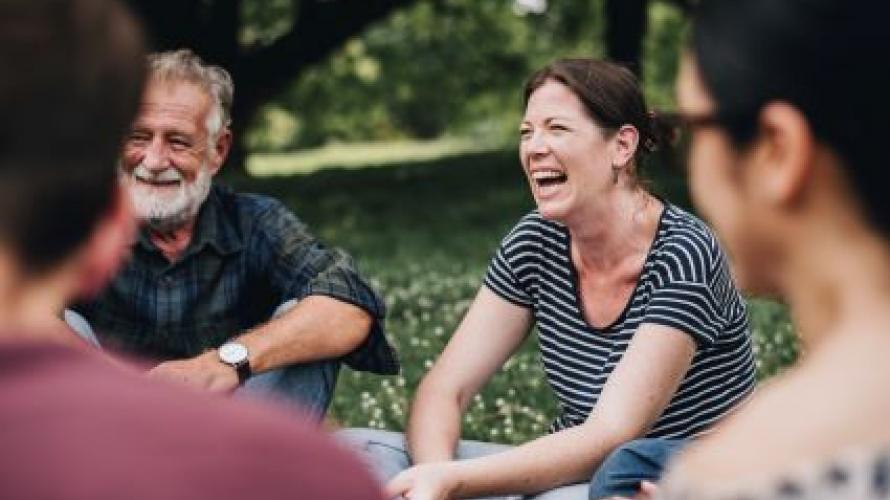
What is the study about?
The LIBRE Profile assesses social participation after burn injury using six domains, including 1) relationships with family and friends; 2) social activities; 3) social interactions; 4) sexual relationships; 5) romantic relationships; and 6) work and employment. This study aims to develop recovery trajectories, or paths, for each of the six domains to help benchmark progress and identify appropriate treatment.
What did the study find?
Preliminary results of the study show that recovery trajectories can be generated for each of the six domains. Four of the domains demonstrated strong evidence of improvement overtime after injury: 1) work and employment, 2) sexual relationships, 3) social interactions, and 4) social activities. Preliminary results also demonstrate evidence of improvement in these four domains for many decades after injury.
Who participated in the study?
Study participants were 343 burn survivors 18 years of age or older, English-speaking, permanent residents of the United States and Canada, and with burn size over 5% total body surface area or burns to a critical area.
How was the study conducted?
Study participants completed the LIBRE profile five times. Once at enrollment, and 6, 12, 18, and 24 months after enrollment. Statistical analyses were then used to develop score trajectories for each of the six domains.
How can people use the results?
Individuals with burn injuries and their families can use the preliminary results of this study to better understand expected trajectories of recovery regarding social participation outcomes. Clinicians can use the results of this study to inform patient progress in social participation and develop treatments.
Reference
Kelter, B. M., Shepler, L. J., Ni, P., Slavin, M. D., Acton, A., Kazis, L. E., Ryan, C. M., & Schneider, J. C. (2021). Developing trajectories of social recovery after burn injury: Preliminary results from the Libre Journey Study. Burns. https://www.ncbi.nlm.nih.gov/pmc/articles/PMC9275732/
Disclaimer
The contents of this quick review were developed under a grant from the National Institute on Disability, Independent Living, and Rehabilitation Research (NIDILRR grant numbers 90DPKT0009 and 90DPBU0001). NIDILRR is a Center within the Administration for Community Living (ACL), Department of Health and Human Services (HHS). The contents of this quick review do not necessarily represent the policy of NIDILRR, ACL, HHS, and you should not assume endorsement by the Federal Government.